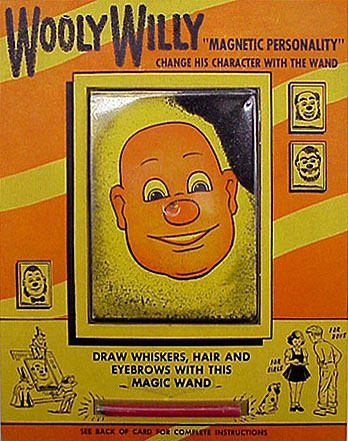
Posted on 01/07/2004 3:41:30 PM PST by blam
NASA gets good look at Mars soil and a true puzzle
By Jeremy Manier, Tribune staff reporter
Opening its primary digital eyes for the first time, the rover Spirit on Tuesday transmitted the most detailed photos ever sent from the surface of Mars, revealing an alien vista of deep russet sands, a mysteriously sticky form of soil and a far-off mesa in the light orange haze.
The rocky scene is about four times sharper than any previous photos from the planet, and experts said the probe should be sending even larger, three-dimensional views of its terrain within a few days. Scientists will use those photos and information from an infrared imaging instrument to choose the most promising places for the rover to start visiting next week in search of signs that Mars once had a habitat suitable for life.
It's difficult to imagine life surviving now in the barren landscape around the rover--though mission planners have said one goal of the robotic Mars expeditions is to scout out possible landing sites in case the U.S. ever sends astronauts to Mars.
But on Tuesday, researchers analyzing the new images took a moment to look at the planet with simple wonder.
"My reaction has been one of shock and awe," said Jim Bell, leader of the mission's imaging team at the Jet Propulsion Laboratory in California.
The sticky-looking soil may be the first true puzzle of the mission, scientists said. Technicians believe the probe's landing airbags disturbed the dirt near the rover when they retracted back under the craft, soon after the landing. The dirt that was dragged by the airbags now looks oddly folded, almost as if it were damp clay.
"It looks like mud, but it can't be mud," said principal investigator Steven Squyres. "It's not like anything that I have ever seen before. It's very weird-looking stuff."
Researchers believe Martian soil in the rover's vicinity is bone-dry near the surface, adding to the mystery. Squyres said it's possible that moisture evaporating from below left a salty, cohesive crust at the surface.
(Excerpt) Read more at story.news.yahoo.com ...
Then you'd have missed this.
/ wishful thinking.
Maybe not so far-fetched as you might think. I learned right here on FR some months ago about a theory by the physicist Thomas Gold, of pulsar fame, that says something like: petroleum may not be the decomposed remnants of prehistoric dinosaurs, as most people believe, but a more fundamental byproduct of the breakdown of heavy elements like uranium, with the help of some unknown biological process. When uranium decays, some of the nucleus of the uranium atom comes off in pieces larger than a single hydrogen atom, which is a single proton and an electron. The pieces might be multiple protons and neutrons, which are essentially heavier elements like helium and carbon. Carbon and hydrogen combine to form methane, which is basically natural gas. (Did you know that commercial helium for balloons and such comes from natural gas sources?) Well, with the help of the heretofor unknown biological process, the methane is combined with other methane and hydrogen to form more complex hydrocarbons, what we call petroleum.
To take the line of thinking a little further, since the earth has heavy elements within the crust, then it is likely that mars also has heavy elements within its crust. The same physical processes would occur, meaning that methane is very probably present in the martian crust somewhere. My first thought on reading the original post was "oil." How much would you bet that Dr. Gold is not contemplating the same thing right now?



Disclaimer: Opinions posted on Free Republic are those of the individual posters and do not necessarily represent the opinion of Free Republic or its management. All materials posted herein are protected by copyright law and the exemption for fair use of copyrighted works.